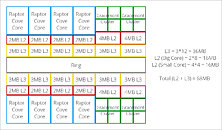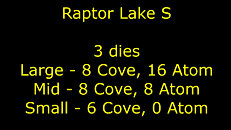
Intel "Raptor Lake" Core i9 Sample Powers Up, 8P+16E Configuration Confirmed
An engineering sample of a 13th Intel Core "Raptor Lake" Core i9 processor hit the web, courtesy of wxnod on Twitter, which confirms its 8P+16E core-configuration in a CPU-Z screenshot. Based on the same LGA1700 package as "Alder Lake," and backwards compatible with Intel 600-series chipset motherboards, besides new 700-series ones, "Raptor Lake" combines eight "Raptor Cove" performance cores (P-cores), with sixteen "Gracemont" efficiency cores (E-cores).
"Raptor Cove" features a generational IPC increase over the "Golden Cove" P-cores powering "Alder Lake," while the "Gracemont" E-cores, although identical to those on "Alder Lake," are expected to benefit from the doubling in L2 cache per cluster, from 2 MB to 4 MB. The ISA as detected by CPU-Z appears to be identical to that of "Alder Lake." The processor is a monolithic silicon chip built on the Intel 7 (10 nm Enhanced SuperFin) silicon fabrication process.
"Raptor Cove" features a generational IPC increase over the "Golden Cove" P-cores powering "Alder Lake," while the "Gracemont" E-cores, although identical to those on "Alder Lake," are expected to benefit from the doubling in L2 cache per cluster, from 2 MB to 4 MB. The ISA as detected by CPU-Z appears to be identical to that of "Alder Lake." The processor is a monolithic silicon chip built on the Intel 7 (10 nm Enhanced SuperFin) silicon fabrication process.












